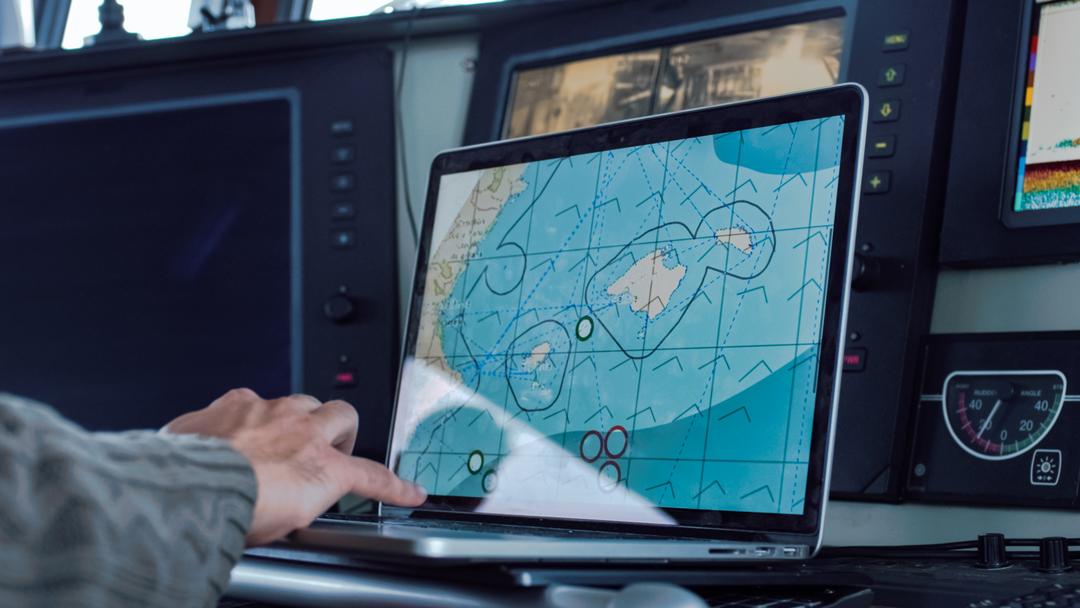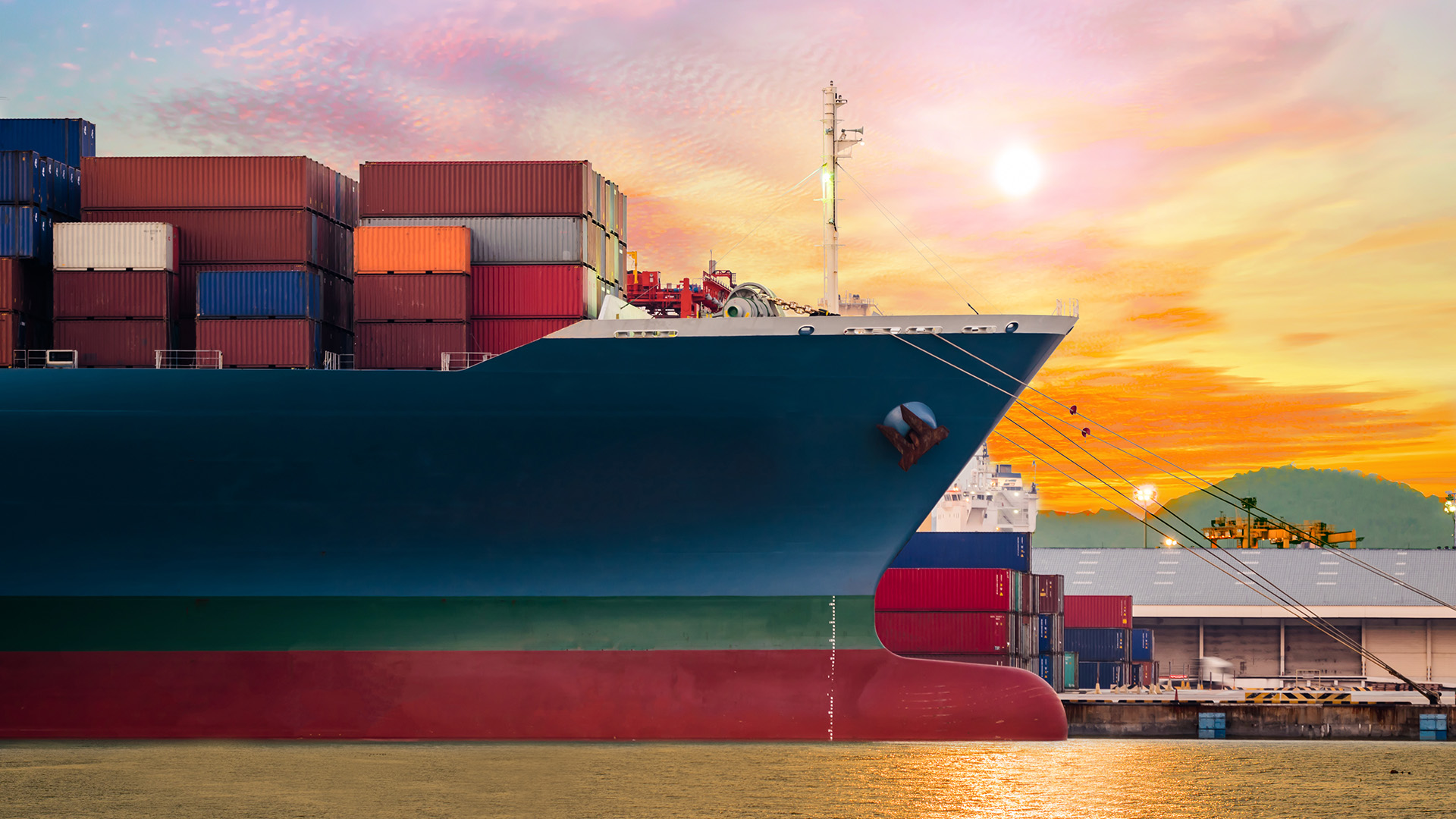What if ships could chart smarter routes on their own? In the maritime shipping industry, every mile counts for fuel efficiency, cost control, and sustainability. Today, AI route planning platforms are changing the game by turning vast streams of real-time weather and operational data into smarter voyage decisions.
This article shows how AI-driven planning boosts Time Charter Equivalent performance, cuts expenses, and helps fleets meet environmental goals. You will learn how integrating these tools into daily operations unlocks clear benefits for shipowners and fleet managers.
How can AI route planning platforms unlock higher TCE in maritime shipping?
AI-powered route planning platforms are driving a step change in Time Charter Equivalent (TCE) performance in the maritime shipping industry. These solutions elevate voyage optimization using real-time data, predictive analytics, and advanced algorithms. For shipowners and operators, this means direct improvements in fuel efficiency, smarter route selection, and leaner operational costs.
The core of TCE lies in balancing revenue against voyage expenses. Every unnecessary detour, delay, or suboptimal route cuts into profit margins. With digital route planning, AI systems analyze thousands of journey options by integrating actual vessel data, commercial priorities, and high-resolution weather forecasts. Instead of relying on fixed, historical routes, recommendations adapt daily, allowing operators to capture the best rate of return on every voyage.
Predictive analytics draw on historical performance, real-time weather updates, and commercial targets to offer actionable insights. By leveraging machine learning, operators can forecast potential disruptions and avoid costly slowdowns or regulatory setbacks. For example, Danelec’s Voyage Optimization module delivers dynamic recommendations to both onboard crew and shore-based teams, making real-world decision-making faster and easier.
Fleet management digitized in this way enables:
- Optimized TCE calculation through continuous adjustments based on actual sea-state, wind patterns, and current bunker prices
- Significant reductions in fuel consumption by up to 10%, driving down OPEX and aligning with emissions reduction goals
- Improved voyage efficiency, supporting tighter schedules and reducing idle or waiting times by up to 7%
Through daily voyage planning and performance benchmarking, shipowners gain a clear view of commercial outcomes. They see how efficient route selection, operational cost management, and data-driven adjustments translate directly into higher TCE and a more competitive charter position.
Platforms using this approach remove routine complexity. They give maritime professionals real-time insights and actionable guidance to maximize vessel utilization, keep fuel costs under control, and maintain regulatory compliance, empowering them to achieve operational excellence throughout the fleet.
What are the practical steps to integrate AI route planning into existing fleet operations?
Integrating AI-powered route planning in maritime shipping is centered on making day-to-day fleet management smarter, smoother, and more predictable. The process starts with strong data integration and ends with empowered crews and optimized voyages.
The aim: unlock tangible improvements in vessel utilization, TCE performance, and emissions reduction, while laying a clear path for regulatory compliance.
Data Integration and IT System Interoperability
Begin with an honest assessment of your current systems. Modern fleet management demands seamless flow of information across legacy hardware, cloud-based apps, and onboard platforms.
Key steps include:
- Set up reliable data connections between existing voyage management software, digital navigation modules, and analytics engines.
- Use API connectivity to bring together weather feeds, fuel monitoring, and operational metrics, this is the foundation of unified data sharing.
- Ensure your fleet management software speaks the same language as the AI optimization system, removing blind spots and manual handoffs.
Anticipated challenge: Older systems may require interface upgrades or middleware for smooth operation.
Harmonising Legacy and New Data Sources
Optimal routing depends on both real-time and historical data.
To combine legacy and modern systems effectively:
- Map out all data sources, including sensor feeds and voyage archives.
- Standardize data formats wherever possible. This reduces integration errors and helps the AI deliver meaningful, actionable recommendations.
- Leverage decision support systems that adapt to both old and new infrastructure.
A modern solution, like Danelec’s Voyage Optimization module, is designed for smooth data integration, connecting directly with onboard sensors and shoreside analytic platforms. This ensures high-quality data flows continuously between ship and shore, laying the groundwork for dynamic, real-time route optimization.
Crew Adoption and Change Management
No technology truly succeeds without buy-in from the people who use it. Driving crew engagement requires clarity, consistency, and simple user interfaces.
Best practices for crew adoption:
- Start with hands-on training sessions using real-world voyage data and scenarios.
- Appoint onboard “digital champions” who can guide their teams and bridge gaps.
- Roll out daily advisory updates in clear language, mirroring familiar workflows, so recommendations become part of normal watch routines.
- Provide direct feedback channels. Listening to operators (both at sea and shoreside) uncovers pain points early and smooths the path for workflow automation.
When both explainer modules and reporting tools are embedded in daily work, adoption accelerates, and resistance fades.
Workflow Automation and Decision Support
After system and user integration, reinforce success by automating repetitive tasks and enabling data-driven actions.
- Use automated route and speed guidance, delivered simultaneously to crew and shore teams, to optimize decision cycles and create accountability.
- Integrate real-time decision support systems within daily fleet management processes. With all parties referring to a single source of truth, operational costs go down and transparency goes up.
- End-of-voyage reports, highlighting fuel savings and emissions reduction, help quantify impact and reinforce new habits.
In summary: The integration process is a journey, one built on smart data harnessing, intuitive user experience, and sustainable change management. Digital route planning platforms, like those from Danelec, are developed to minimize friction and maximize real-world impact for maritime professionals determined to stay ahead.
How do AI-driven platforms support sustainability and regulatory compliance while improving operational results?
In the maritime shipping industry, the intersection of efficiency, compliance, and sustainability is where real results, and value, emerge. AI-driven platforms help operators meet tightening regulatory demands, lower operational costs, and champion sustainability initiatives all at once.
Let's break down how these tools deliver practical gains.
Reducing CO2 Emissions and Meeting IMO Standards
Advanced AI optimization means every voyage can actively reduce CO2 output. By analyzing real-time weather, wave, and route data, AI-powered routing finds the most fuel-efficient path, without compromising schedules or safety.
This continuous emissions monitoring allows shipowners to:
- Cut fuel consumption and CO2 output by up to 10 percent versus traditional routing
- Adapt routes daily for shorter transit, achieving up to 7 percent faster arrivals and fewer emissions
- Align with IMO regulations (CII, EEXI, FuelEU Maritime) to safeguard both the environment and commercial compliance
This isn’t theory. Operators using Danelec’s Voyage Optimization module benefit from dynamic recommendations and end-of-voyage reports that show exactly where emissions savings are achieved.
Supporting ESG Reporting and Transparent Accountability
Stakeholders, charterers, cargo owners, and regulators, demand accurate ESG reporting. Modern digital route planning tools automate this complexity.
Key features that support stronger ESG and emissions reporting include:
- Near real-time emissions tracking for each vessel and voyage
- Automated generation of regulatory compliance reports for CO2 emissions and energy efficiency
- Clear performance benchmarking, supporting transparent disclosure to authorities and customers
With this data, shipping companies can respond confidently to audits and social responsibility goals, building trust throughout the value chain.
Aligning Operations and Sustainability Across the Fleet
The best fleet management strategies are data-driven and impact-oriented. AI-enhanced platforms empower teams to improve both financial and environmental results without trade-offs.
Benefits for diverse fleets include:
- Centralized analytics: Compare and standardize best practices across vessels, regardless of type or trade
- Performance feedback: Daily recommendations go to both onboard and shore teams, creating a practical, continuous improvement cycle
- Support for decarbonization initiatives: Optimization insights help prioritize investments and operational changes with the highest impact
By embedding energy efficiency and emissions reduction into daily decision-making, maritime professionals lead on both profit and sustainability, backed by regulatory compliance and the tools to prove it.
Conclusion
Looking back at the key points discussed, it’s clear that AI-powered route planning platforms are transforming how shipping companies improve Time Charter Equivalent, optimize voyages, and meet sustainability goals. By combining real-time data with predictive analytics, these platforms help shipowners make smarter voyage decisions that reduce fuel consumption and operational costs while boosting profitability.
This shift matters because it moves the industry beyond reactive practices to a more proactive, data-driven approach. Not only does this improve vessel utilization and TCE, but it also supports the urgent need for carbon emissions reduction and regulatory compliance, aligning commercial success with environmental responsibility.
For fleet managers and operations teams, the path to integrating these platforms involves thoughtful data integration, crew engagement, and leveraging decision support tools to smoothly embed AI into daily workflows. This holistic adoption paves the way for continuous learning and improvement across the fleet.
Looking ahead, continued innovation in AI and ecosystem connectivity will further unlock voyage efficiencies and sustainability gains. It’s exciting to consider how these advances can empower us to navigate shipping’s complex challenges with greater clarity and confidence.
The question isn’t just how to use AI route planning effectively today, but how to harness it as a long-term partner in navigating the future of maritime operations. How will your fleet turn these possibilities into tangible performance and sustainability breakthroughs?




